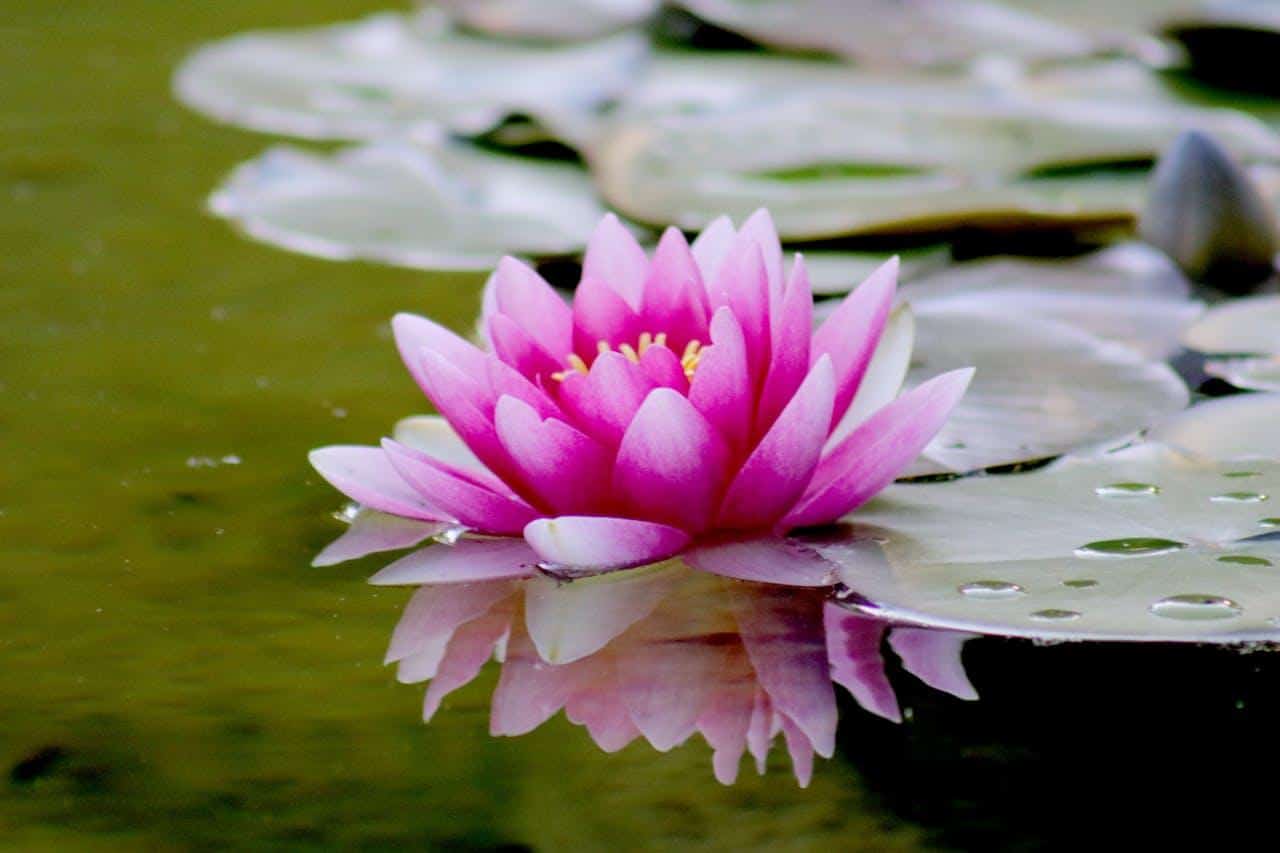Alright, let’s talk about overcoming challenges in your mindfulness journey. When I first started out, I thought it’d be all peace signs and smooth sailing. Boy, was I in for a reality check!
Addressing Common Obstacles in Mindfulness Practice
First up, let’s address some common obstacles in mindfulness practice. One biggie for me was the whole “clearing your mind” thing. I’d sit down to meditate, and suddenly my brain would become the world’s busiest train station. Work stress, that embarrassing thing I said in 8th grade, what to make for dinner – it was all there, loud and clear.

I remember one particularly frustrating session where I spent the entire time mentally redecorating my living room. When the timer went off, I felt like a total failure. “Great,” I thought, “I can’t even sit still for 10 minutes without turning into an HGTV host.”
But here’s the thing I learned: a busy mind is normal. The real practice isn’t about emptying your mind, it’s about noticing when it’s wandered off and gently bringing it back. It’s like training a puppy – you don’t get mad when it runs off, you just patiently bring it back to heel. Over and over and over again.
Another obstacle I hit was good old-fashioned boredom. There I’d be, trying to focus on my breath, and all I could think was, “This is so boring. I could be catching up on my favorite show right now.” It felt like watching paint dry, but less exciting.
The game-changer for me was reframing boredom as an opportunity. When I felt bored, I’d get curious about it. What does boredom feel like in my body? Where do I feel it? It turned the boredom itself into a focus for mindfulness. Sneaky, right?
Strategies for Staying Motivated and Consistent

Now, let’s chat about staying motivated and consistent. Oh boy, this is a toughie. I’m the kind of person who gets super excited about something for about a week, then drops it faster than a hot potato. So how did I stick with mindfulness? Well, it wasn’t always pretty.
One strategy that really helped was starting small. Like, really small. I’m talking two minutes a day small. It felt ridiculous at first, but you know what? I could always find two minutes. And those two minutes started to add up.
I also found it helpful to link my practice to something I already did every day. For me, that was my morning coffee. I’d sit down with my cup of joe and do a quick mindfulness exercise before diving into my day. It became as much a part of my routine as brushing my teeth.
Another trick? I made myself accountable. I told my partner about my mindfulness goals, and they’d gently ask how it was going. Knowing I’d have to fess up if I skipped a day was sometimes the nudge I needed to keep going.
But let’s be real – there were still plenty of days when I just didn’t wanna. On those days, I’d bargain with myself. “Just one minute,” I’d say. “You can do anything for one minute.” And you know what? Once I started, I’d often keep going. It’s like the mindfulness equivalent of “I’ll just watch one episode” – except, you know, actually good for you.
When to Seek Professional Support for Emotional Healing
Now, let’s talk about when to seek professional support for emotional healing. This is a big one, folks. When I first started my mindfulness journey, I thought it’d fix everything. Spoiler alert: it didn’t.

There was a point where I was dealing with some heavy stuff – we’re talking dark night of the soul level angst here. I was meditating like a champ, journaling till my hand cramped, the whole nine yards. But I still felt like I was drowning.
That’s when I realized: mindfulness is a powerful tool, but sometimes you need a whole toolbox. For me, that meant reaching out to a therapist. It was scary as heck, let me tell you. I felt like I’d failed somehow, like I should’ve been able to mindfulness my way out of my problems.
But you know what? Talking to a professional was like turning on a light in a dark room. They helped me process stuff I didn’t even know I was carrying around. And they showed me how to use mindfulness as part of a larger mental health strategy, not as a cure-all.
So, when should you consider getting professional help? Well, if you’re feeling stuck, if your emotions are overwhelming, if mindfulness is bringing up stuff you don’t know how to handle – those are all good signs it might be time to call in the cavalry.
Remember, seeking help isn’t a sign of weakness. It’s a sign of strength. It takes guts to admit you need support. And trust me, future you will thank you for it.
Now, I’m not saying my mindfulness journey has been all sunshine and rainbows since then. There are still days when my meditation feels more like a mental mosh pit than a zen garden. There are weeks when I fall off the mindfulness wagon and have to haul myself back on.
But you know what? That’s okay. The point isn’t to be perfect. It’s to keep showing up, keep trying, keep growing. It’s about progress, not perfection.
If you’re struggling on your mindfulness journey, know that you’re not alone. We’re all out here, doing our best to stay present in a world that seems designed to distract us. Some days we’ll rock it, some days we’ll feel like we’re taking crazy pills. And that’s okay.
The important thing is to keep going. Keep breathing, keep noticing, keep coming back to the present moment. And hey, if all else fails, remember: at least you’re not sitting in a cave somewhere, trying to achieve enlightenment by staring at a wall for 10 years. Baby steps, folks. Baby steps.
Continue back to read 15 Powerful Mindfulness Exercises for Emotional Healing in 2024
If you’ve read this far and enjoyed this post, why not subscribe to keep updated on what I write? You can unsubscribe at any time, if you feel it’s not a good fit. Hope to see you soon!







One Comment